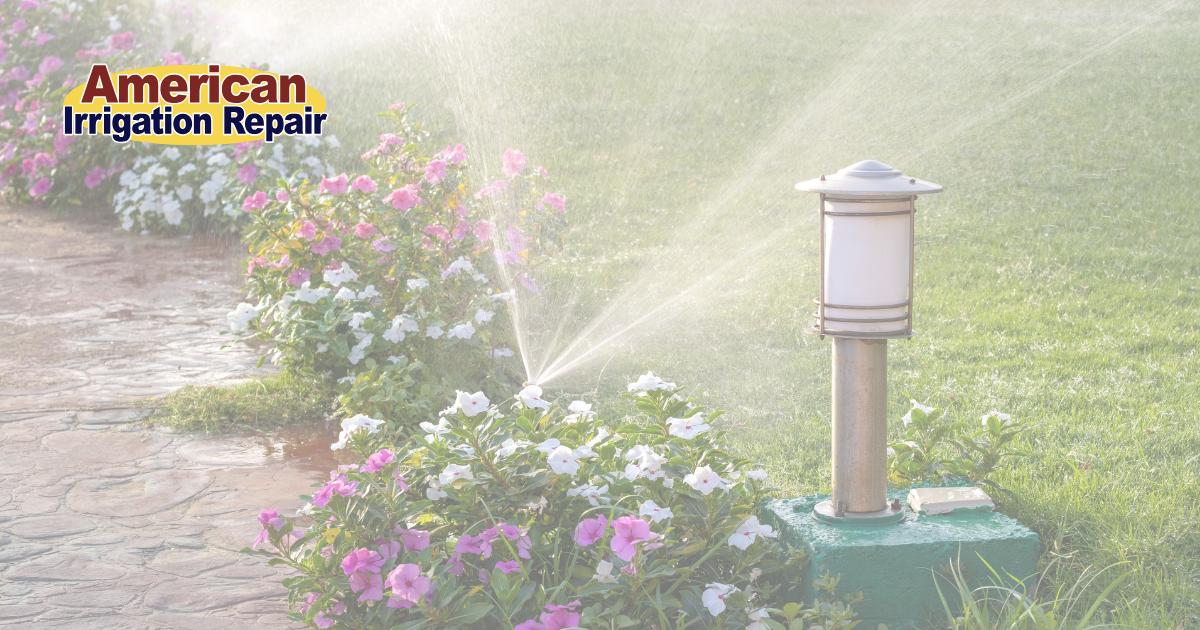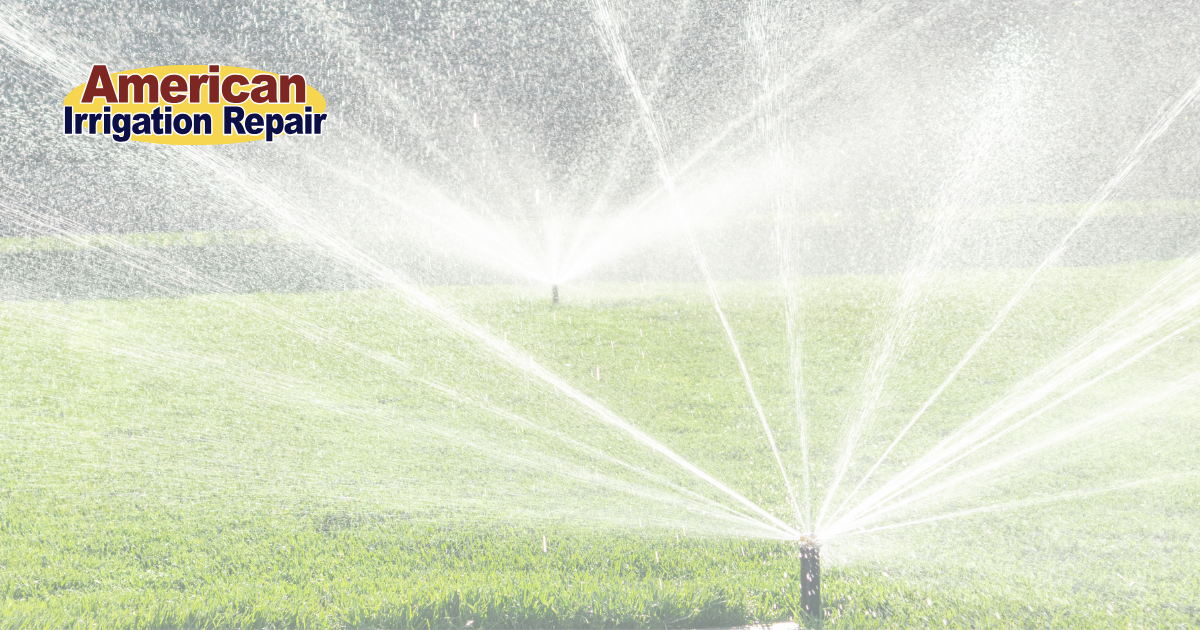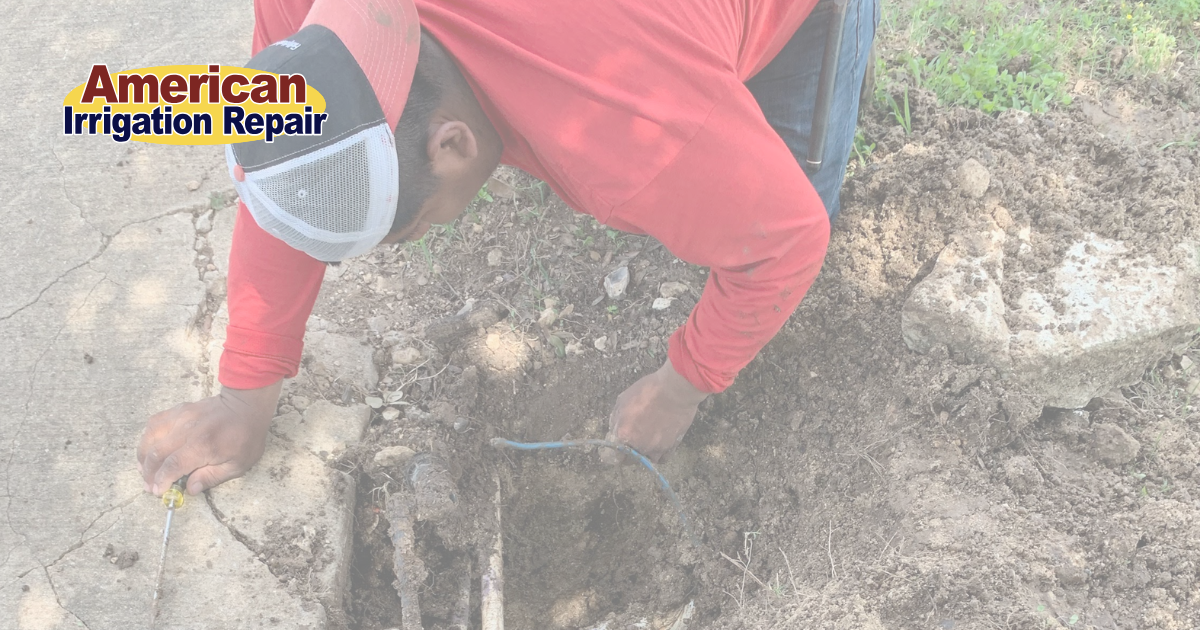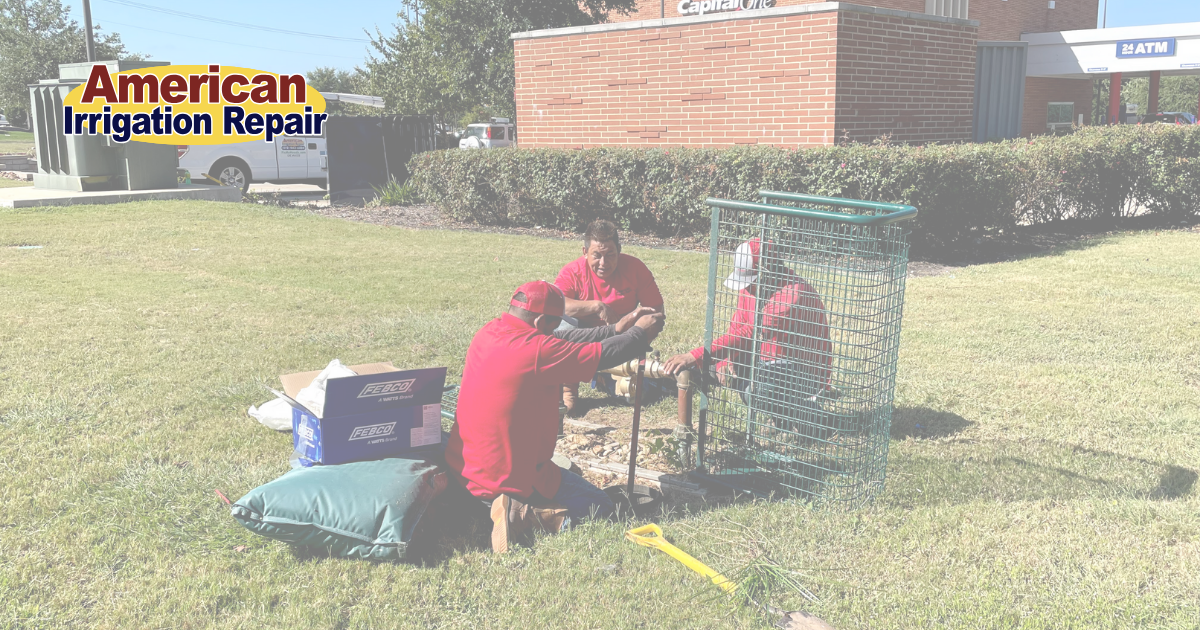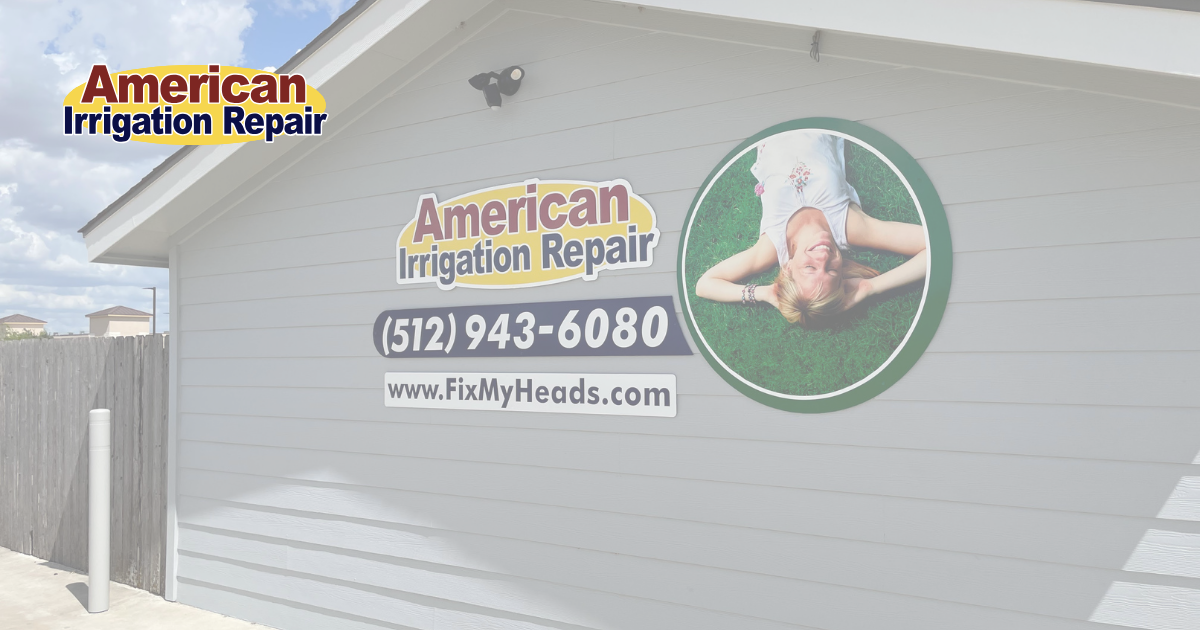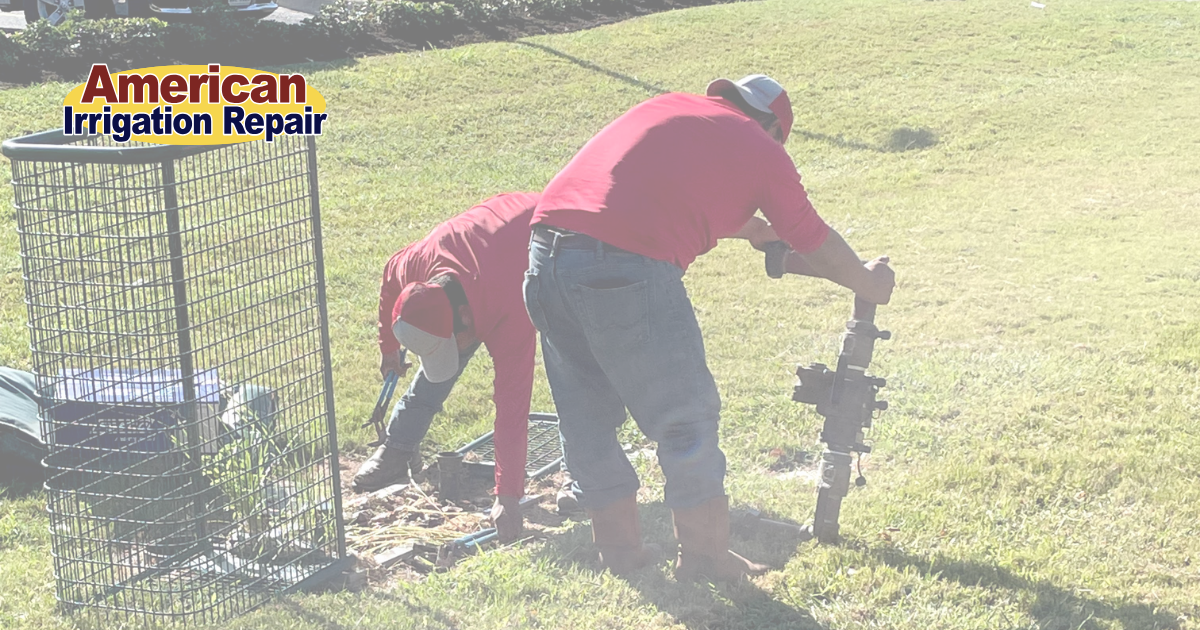Optimizing Your Home’s Irrigation Schedule for Spring Climate
With spring’s arrival comes the promise of blooming lawns and green lawns, yet it also brings the challenge of adjusting your home’s irrigation schedule to match the season’s unpredictable weather.
Adapting your irrigation system and employing sustainable water use practices can significantly impact both the health of your lawn and the conservation of precious water resources.
In this article, we’ll guide you through optimizing your irrigation schedule for the spring climate, from assessing your lawn’s needs to preparing your system for the warmer months ahead.
Keep reading to learn how to make smart adjustments that benefit your lawn and the environment.
Assessing Your Lawn’s Water Needs in Spring
As the spring climate ushers in a period of renewal and growth, optimizing your home’s irrigation schedule becomes crucial to maintaining a vibrant landscape. Key to this optimization is a thorough assessment of your lawn’s water needs, a task that requires a multifaceted approach.
Calculating the water requirements of different plants becomes essential, as each species has unique needs that can vary significantly. Likewise, understanding the impact of spring weather on soil moisture reveals how natural precipitation and evapotranspiration affect your lawning strategy.
Adapting Irrigation Schedules to Spring’s Variable Climate
As spring breathes life into landscapes, bringing with it fluctuating weather patterns, optimal irrigation becomes a puzzle of timing and frequency that demands attention. Analyzing spring weather patterns is pivotal in understanding how the combination of increased sunlight, unpredictable rainfall, and varying temperatures impact your lawn’s hydration needs.
This calls for a dynamic adjustment in irrigation practices with American Irrigation Repair, including tailoring watering frequencies to align with rainfall predictions and modifying watering schedules to take advantage of cooler mornings and evenings. These adjustments not only ensure your lawn receives adequate moisture but also promote efficient water use, safeguarding this precious resource while nurturing a healthy, vibrant landscape.
Choosing the Right Irrigation System for Spring
As the spring season redefines the landscape of our lawns, choosing the appropriate irrigation method becomes paramount in ensuring a thriving, vibrant setting.
This phase of irrigation planning involves a critical comparison of drip irrigation versus sprinkler systems for springtime application, each with its distinct advantages catered to varying lawn needs and water conservation goals.
The advent of smart irrigation controllers presents a forward-thinking approach to lawn management, enabling precise control over watering schedules based on real-time data and environmental conditions.
Integrating soil moisture sensors represents a leap towards a more responsive and water-efficient irrigation strategy, ensuring that every drop of water is utilized judiciously to meet the dynamic moisture requirements of the spring lawn. Our experts at American Irrigation Repair are here to help you with these needs, so your lawn stays in optimal condition.
Preparing Your Irrigation System for the Rest of the Season
As the spring season gradually gives way to the warmer months, the needs of your home’s irrigation system evolve. Transitioning from the moderate demands of spring to the more intensive requirements of summer calls for tactical adjustments in your watering regime.
Conducting a mid-season maintenance check becomes crucial to ensure the system’s efficiency and preparedness for the upsurge in temperatures and sunlight exposure. By planning for these inevitable environmental changes, homeowners can fine-tune their irrigation schedules, delivering optimal water levels to their landscapes, even as the climate shifts.
This proactive approach not only maintains the health and vibrancy of your lawn but also enhances water conservation efforts during the peak growing season.
Transitioning From Spring to Summer Irrigation Needs
In a few months when spring yields to the warmer embrace of summer, the irrigation demands of your lawn shift, necessitating a careful review and adjustment of your watering schedule. This transition period is critical for adapting to the increased evaporation rates and plant water consumption that come with higher temperatures and longer daylight hours. Ensuring your irrigation system is attuned to these changing conditions helps maintain a lush, vibrant lawn without squandering precious water resources.
Initiating a comprehensive evaluation of your irrigation setup during this seasonal crossover allows you to identify any inefficiencies or necessary upgrades that could enhance water delivery to your plants. It may be the perfect time to consider the implementation of smart irrigation technology or adjustments in your system’s configuration to better address summer’s demanding conditions. Such proactive measures not only support your lawn’s health but also contribute to broader water conservation efforts during peak usage times.
Conducting a Mid-Season System Maintenance Check
Conducting a mid-season system maintenance check is a pivotal step toward ensuring your irrigation setup remains effective through the rising temperatures of summer. This proactive evaluation uncovers any potential leaks or blockages within pipes and drip lines, safeguarding against water loss and maintaining efficient delivery to your landscape’s diverse needs.
During this critical maintenance operation, it’s also important to verify the performance of sprinkler heads and irrigation controllers. Optimizing the performance of these components guarantees that your lawn receives precise hydration, maximizing water conservation while keeping your landscape flourishing in the dynamic spring-to-summer transition.
Trust American Irrigation Repair!
Optimizing your home’s irrigation schedule for the spring climate is crucial to maintaining a vibrant and healthy lawn. It involves understanding the unique water needs of different plants, considering the impact of spring weather on soil moisture, and evaluating areas of varying sun exposure to tailor irrigation effectively.
Choosing the right irrigation system, whether drip or sprinkler and leveraging technology like smart controllers and soil moisture sensors can further enhance water efficiency.
Implementing sustainable water management strategies, such as collecting rainwater and selecting drought-resistant plants, supports both your lawn’s growth and environmental conservation.
Regular monitoring and adjusting of your irrigation plan with American Irrigation Repair is paramount to respond to the changing needs of your lawn, ensuring it thrives throughout spring and is well-prepared for the summer ahead.
